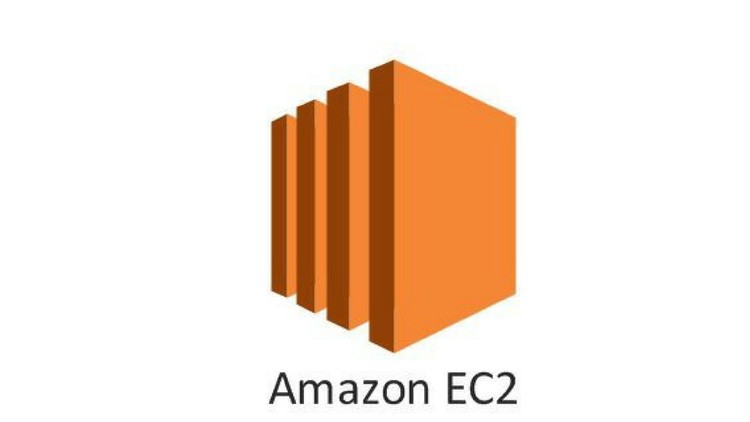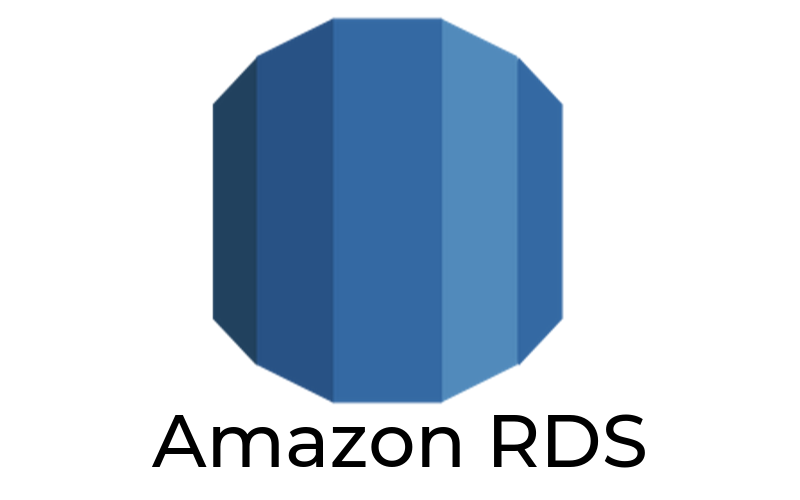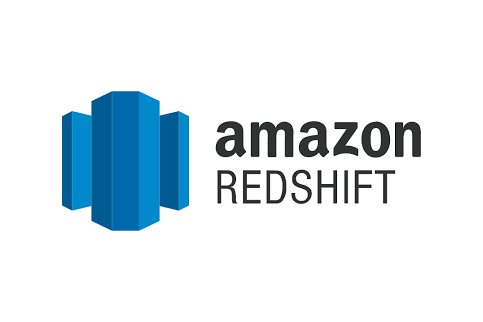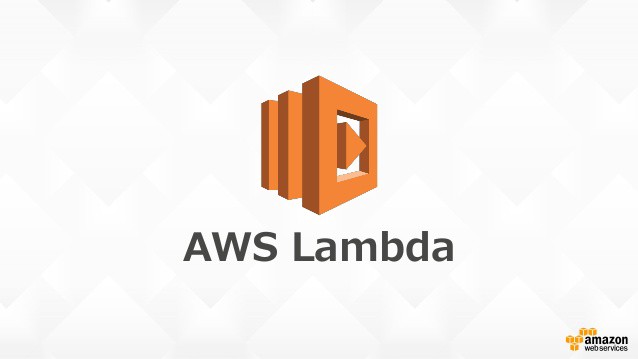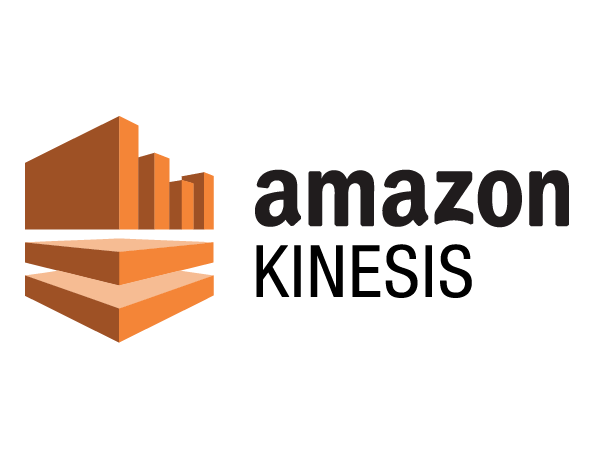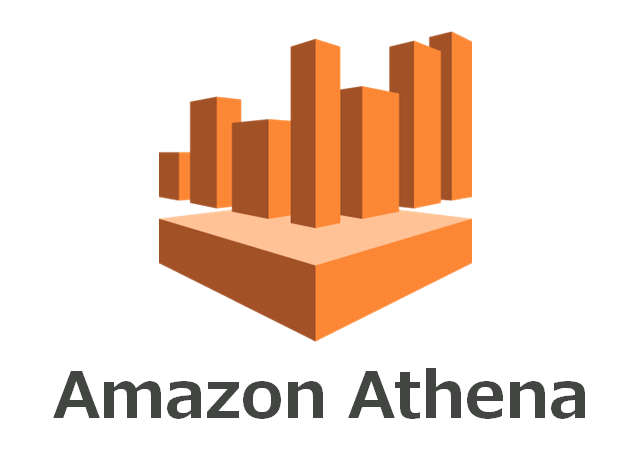Amazon EMR (Elastic MapReduce) is a fully managed big data processing and analytics service provided by AWS. It simplifies the processing of large-scale data sets using popular frameworks such as Apache Hadoop, Apache Spark, and Presto. If your business is looking to migrate its data processing and analytics workload to the cloud, Amazon EMR offers a powerful cloud solution.
Key Features
- Scalable and Cost-Effective: Amazon EMR allows businesses to process and analyze large volumes of data in a scalable and cost-effective manner. It automatically provisions and manages the underlying infrastructure, allowing you to focus on your data processing tasks without worrying about infrastructure management.
- Compatibility with Popular Big Data Frameworks: EMR supports popular open-source big data frameworks, including Apache Hadoop, Apache Spark, and Presto. This compatibility ensures that your existing data processing workflows and applications can seamlessly migrate to Amazon EMR with minimal modifications.
- Integration with AWS Services: EMR integrates with other AWS services, such as Amazon S3 for data storage, Amazon Redshift for data warehousing, and Amazon Athena for ad-hoc querying. This integration enables you to build end-to-end data processing and analytics pipelines using a combination of AWS services.
- Security and Compliance: Amazon EMR provides robust security features, including encryption of data at rest and in transit, integration with AWS Identity and Access Management (IAM) for access control, and integration with AWS CloudTrail for audit logging. This ensures the security and compliance of your data processing environment.
Benefits of Serverless EMR
- Increased Agility and Efficiency: By migrating your data processing and analytics workload to Amazon EMR, you can achieve greater agility and efficiency. EMR’s scalability and automated infrastructure management enable you to process large data sets quickly and efficiently, allowing you to derive insights and make data-driven decisions faster.
- Cost Optimization: EMR’s pay-as-you-go pricing model allows you to optimize costs by only paying for the resources you consume. You can scale the cluster up or down based on the workload demands, avoiding over-provisioning and minimizing infrastructure costs.
- Elasticity and Flexibility: EMR offers elasticity and flexibility in data processing. You can easily scale the cluster up or down based on your data processing requirements, accommodating peak workloads and adjusting resources as needed.
- Seamless Migration: Amazon EMR provides tools and features to simplify the migration process. You can easily transfer your existing data and workflows to EMR, ensuring a smooth transition without disrupting your ongoing data processing operations.
Real-World Use Case for Amazon EMR
A real-world use case for Amazon EMR migration is a company that needs to process and analyze large volumes of customer data to gain insights for marketing and business intelligence. By migrating their data processing workload to Amazon EMR, they can leverage the scalability and flexibility of EMR to process vast amounts of data quickly, enabling timely decision-making and improving customer targeting strategies.
For more detailed information on Amazon EMR migration and best practices for data processing and analytics, check out our recommended migration plan, our recommended EMR next steps, and our intro to Amazon EMR.

